Musetti's sleeveless outfit is a whirlwind of sensuality: muscular aesthetics collide with tennis fashion
At the Madrid Open in 2025, rising Italian star Lorenzo Musetti made a stunning appearance in a sleeveless shirt. His sculptural shoulder and arm muscles are perfectly defined by his sturdy cuts, and his deep facial features and fluttering hair instantly detonate social media. It's not just a tennis match, it's a statement about body aesthetics and athletic fashion. Musetti's sleeveless top style not only continues the tennis classic, but also opens a new era of sexy trends.
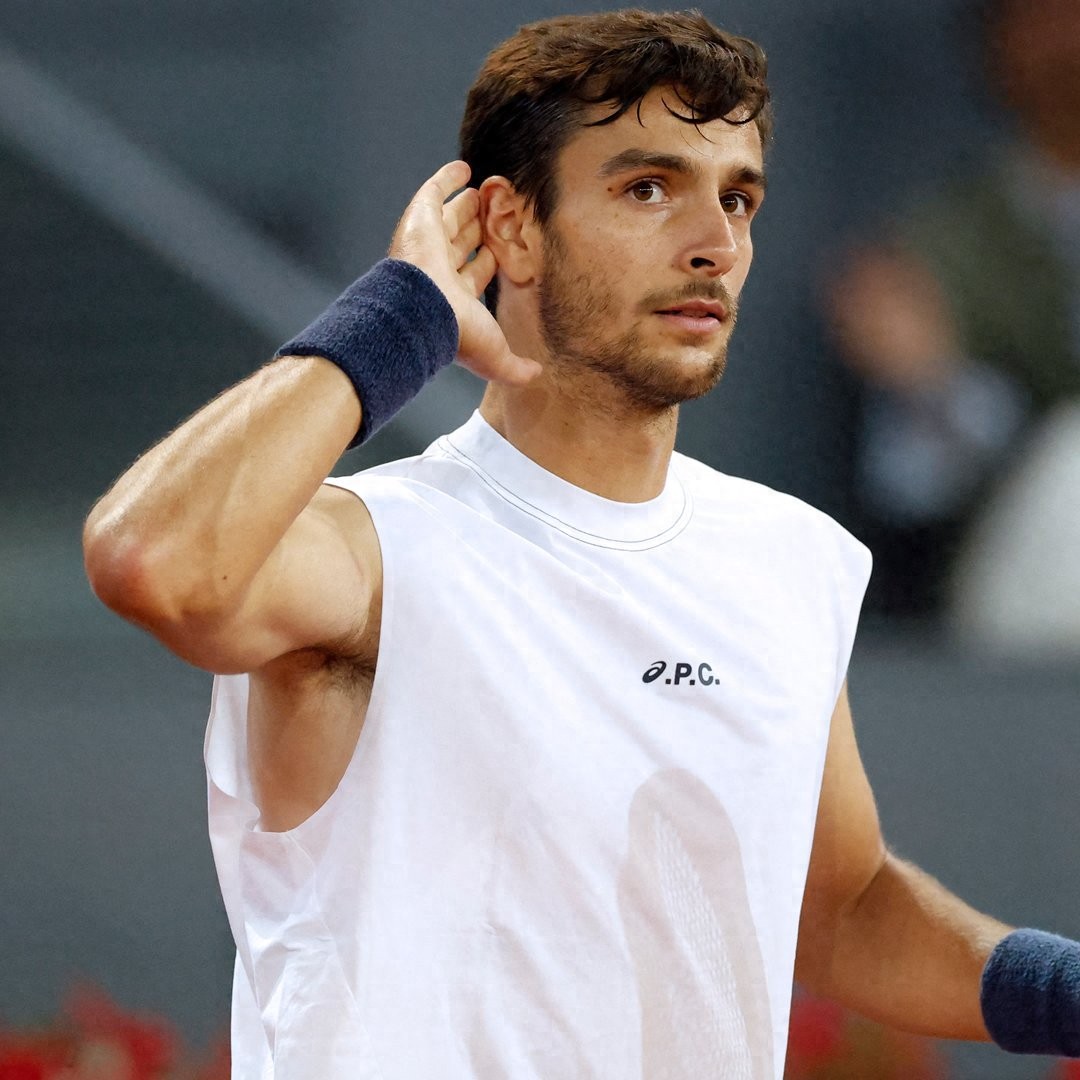
Musetti's sleeveless designs are "ambition in simplicity". The garment is made of high-stretch fabric, the shoulder line is clean and neat, and the armpit is cut to follow the direction of the muscles, which not only ensures freedom of movement, but also exposes the contours of the biceps and deltoids. This design is complemented by his signature single-counter ball movement, where the tension and stretching of the arm muscles become the visual focus with each swing, like a dynamic "muscle art exhibition".

It is worth mentioning that Musetti's body management can be called a model of a professional player. According to its coach, Simone Tatarini, the team has a special focus on "functional muscle training", which promotes both explosiveness and line aesthetics. This scientific training concept closes the loop with the "display effect" of sleeveless clothing: muscles are not only a symbol of strength, they also become part of a personal brand.
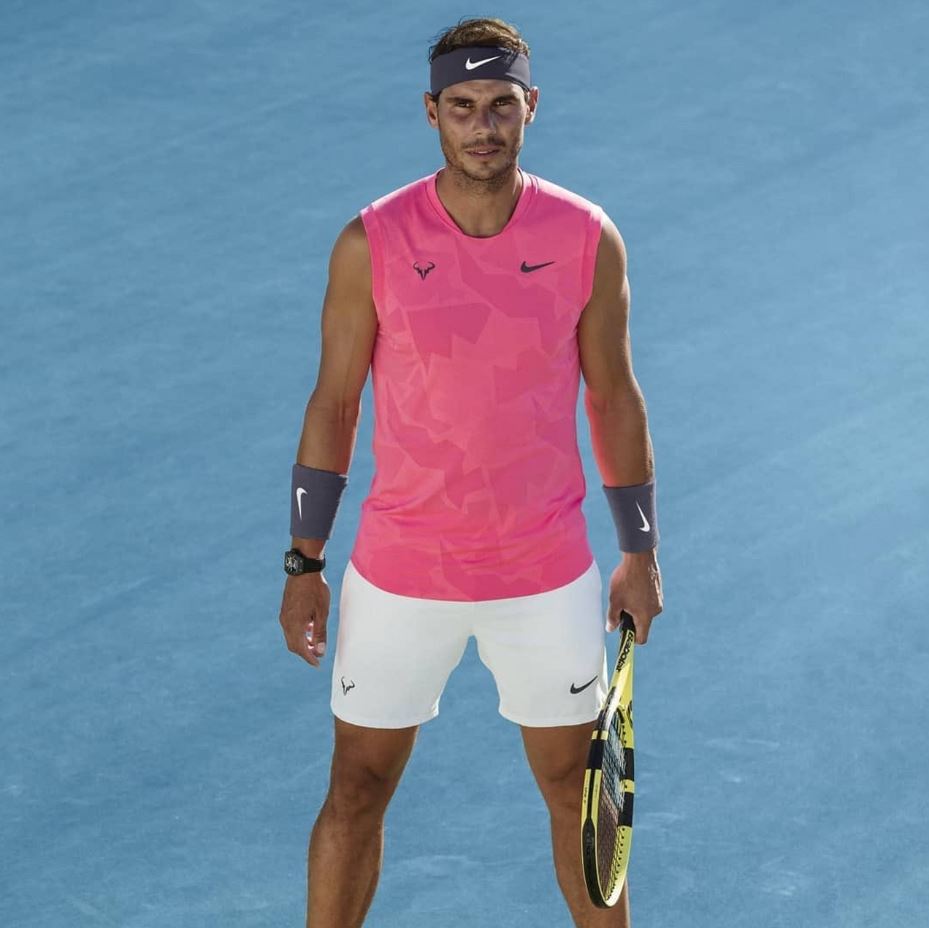
Musetti is not a sleeveless trailblazer. This design has long been given a unique meaning by many legendary players in the golden age of tennis. From 2005 to 2008, Nadal swept the French Open in a sleeveless suit, creating the myth that "Roland Garros was undefeated in the sleeveless period". The combination of his iconic green jersey (2008 French Open) and unicorn arms has become a visual totem on clay. Fans even jokingly called the sleeveless shirt "Nadal's armor to conquer Paris". At the 2018 Australian Open, the 34-year-old Nadal wore a sleeveless outfit and although he did not win the title, his muscular lines still sparked a nostalgic craze, proving the timeless charm of this look.
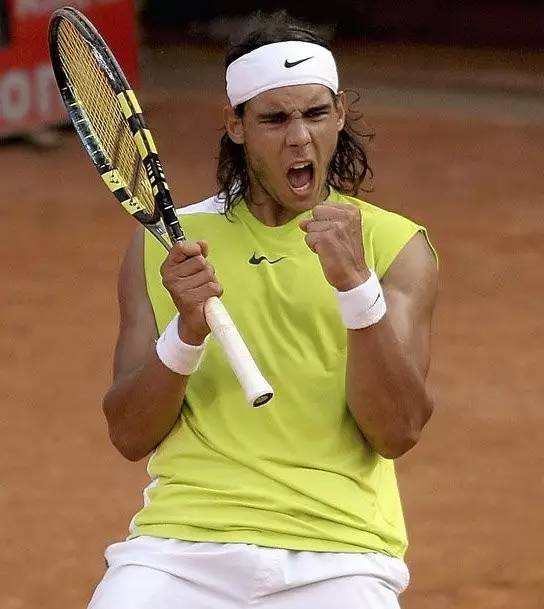
Argentine star Del Potro's sleeveless outfit emphasizes the "rugged feeling". At the 2019 Australian Open, he chose a multi-color stripe stitching design, and the wide shoulder cut and his height of 1.98 meters formed a strong visual oppression, which perfectly fits his image as a "heavy gunner". This design not only reduces the problem of the proportions of the long arm span, but also visualizes the kinetic energy at the time of impact.
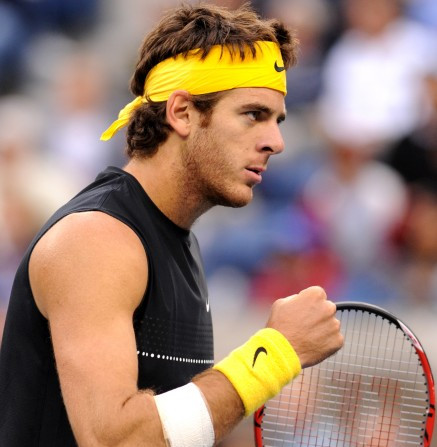
As a representative of the post-00s, Alcaraz experimented with a modified sleeveless suit at the 2023 US Open: neon trim on the shoulder straps and breathable mesh panels at the back. This high-tech design not only continues the tradition, but also echoes the new generation's dual pursuit of functionality and fashion.

The sleeveless suit increases the heat dissipation area by exposing the shoulders and arms, which is especially suitable for clay courts with high temperature and humidity. Studies have shown that a 1°C reduction in underarm temperature can increase an athlete's endurance by 7%. Short-sleeved cuffs may restrict shoulder movement, while sleeveless design completely frees up swing angles. Rafael Nadal once admitted: "The sleeveless shirt makes me feel like my arm is one with the racket". Short-sleeved sleeves provide UV protection through fabric technology, while sleeveless sleeves rely on sunscreen, which is a little inconvenient for long outdoor races. The sleeveless garment transforms the athlete's body into a "moving billboard", with muscle lines, sweat reflections, and dynamic tension all becoming narrative elements. As a fashion critic said, "Short sleeves hide stories, sleeveless writes epics". Short-sleeved shirts tend to be conservative and technical (e.g., Djokovic's slim-fitting polo shirts), while sleeveless shirts are often associated with aggressive play and flamboyant personality. This psychological cue can even affect opponents' judgment – studies have shown a 2.3% increase in opponents' service errors against sleeveless players.
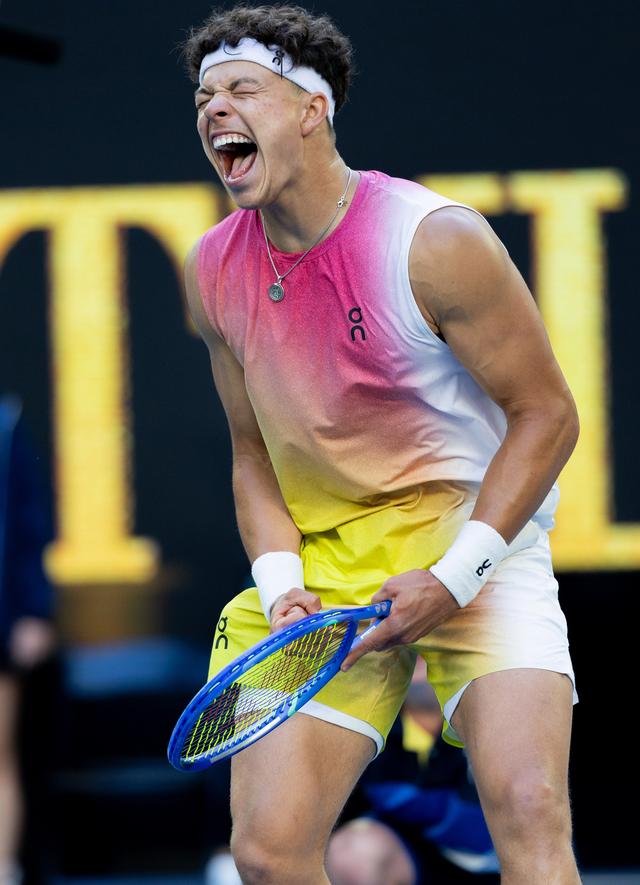
The popularity of sleeveless clothing was also accompanied by controversy. Conservatives see it as "overexposed" and blurring the line between competition and entertainment, and at one point at Wimbledon in 2021 there was talk of banning sleeveless wear. But proponents retort that the essence of sportswear is to serve expressiveness, just as swimwear is to swimming and tights are to gymnastics. The future trend may be "technologically sexy": at the 2024 Paris Olympics, a brand launched a smart sleeveless shirt with built-in sensors to monitor muscle status in real time and change color with heart rate through reflective strips. This design not only retains the aesthetic genes, but also gives a functional breakthrough.
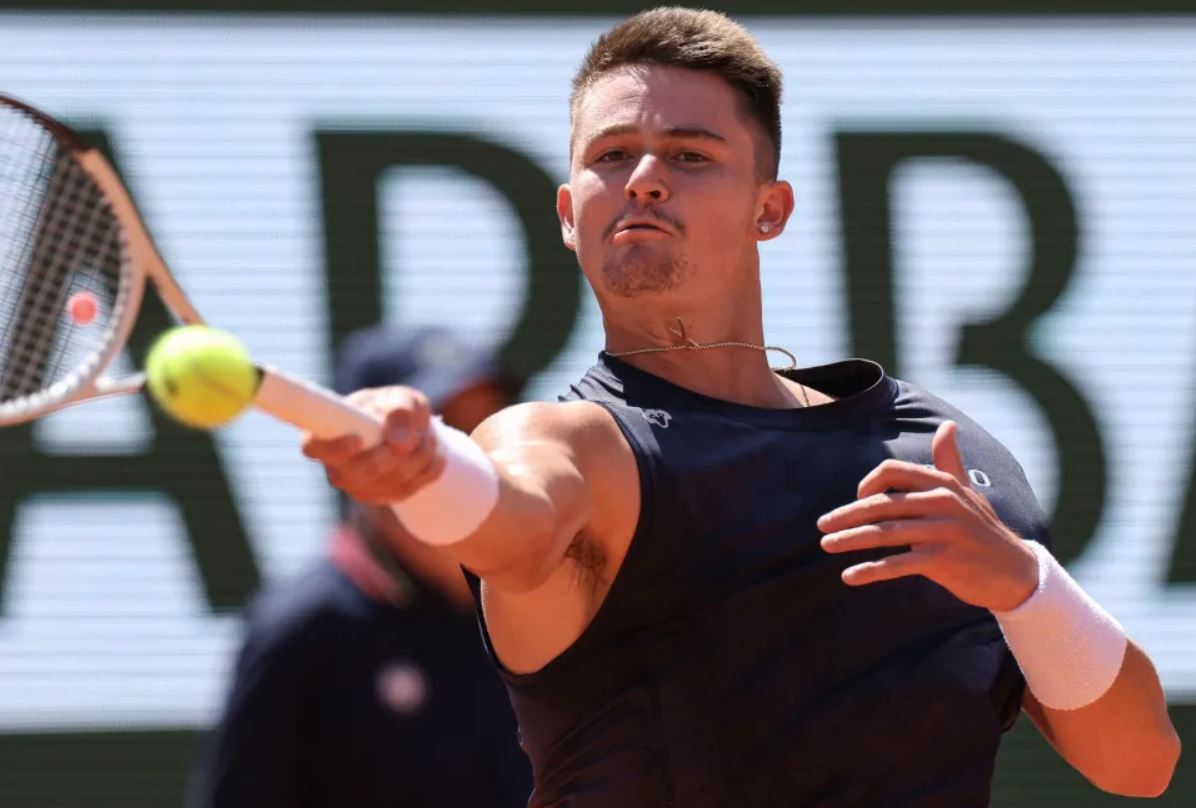
From Nadal's clay dynasty to Musetti's Madrid whirlwind, sleeveless wear has long since transcended clothing and become a cultural symbol of tennis. It is both the externalization of strength, the statement of individuality, and the perfect balance of sports aesthetics and ergonomics. When Musetti swings his racket to hit the ball, the flying corners and tense muscles are like the new annotation of competitive sports in this era: victory is not only defined by the score, but also by every moment full of tension.(Source: Tennis Home Author: Xiaodi)







 Links
Links
 Contact
Contact
 App
App


